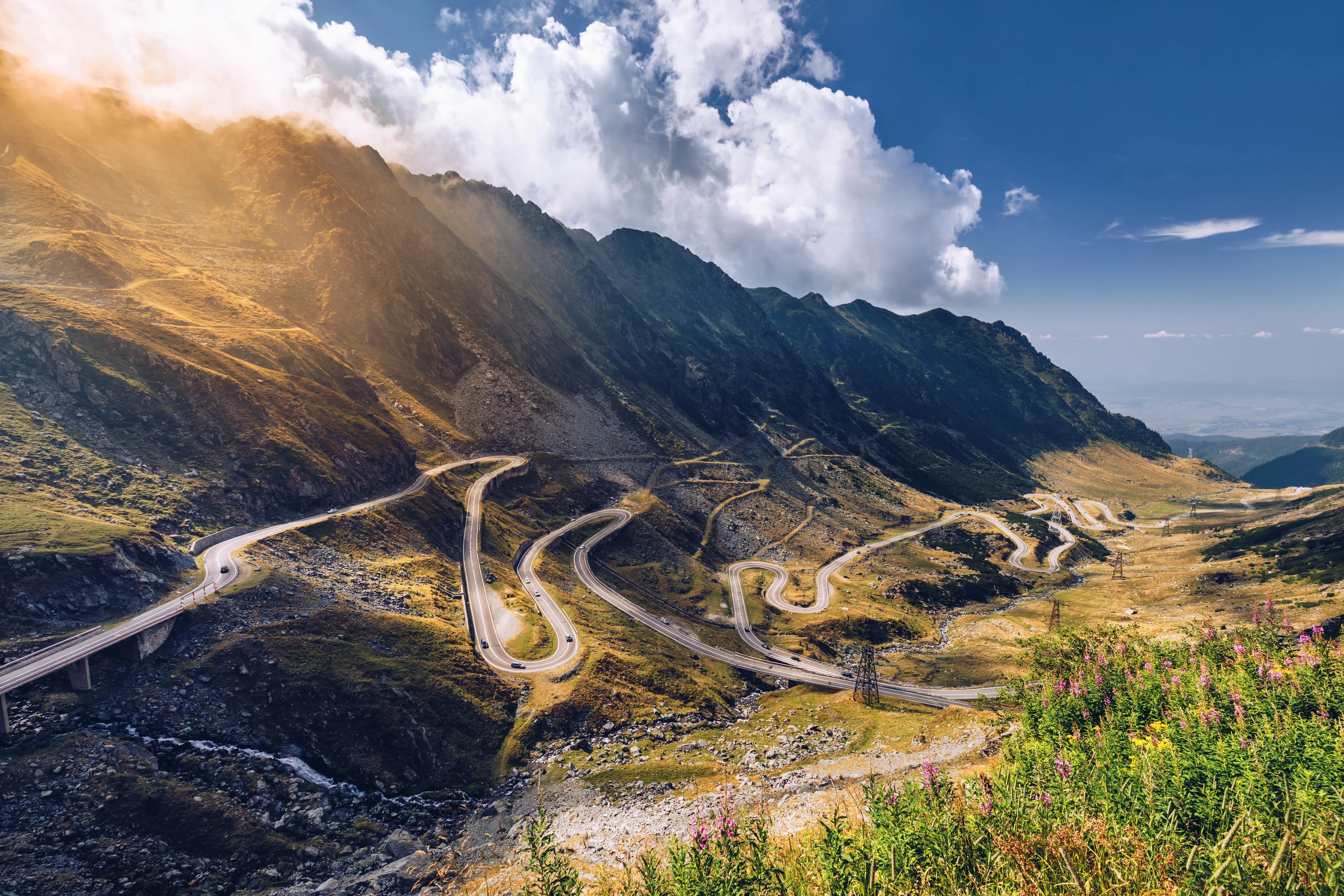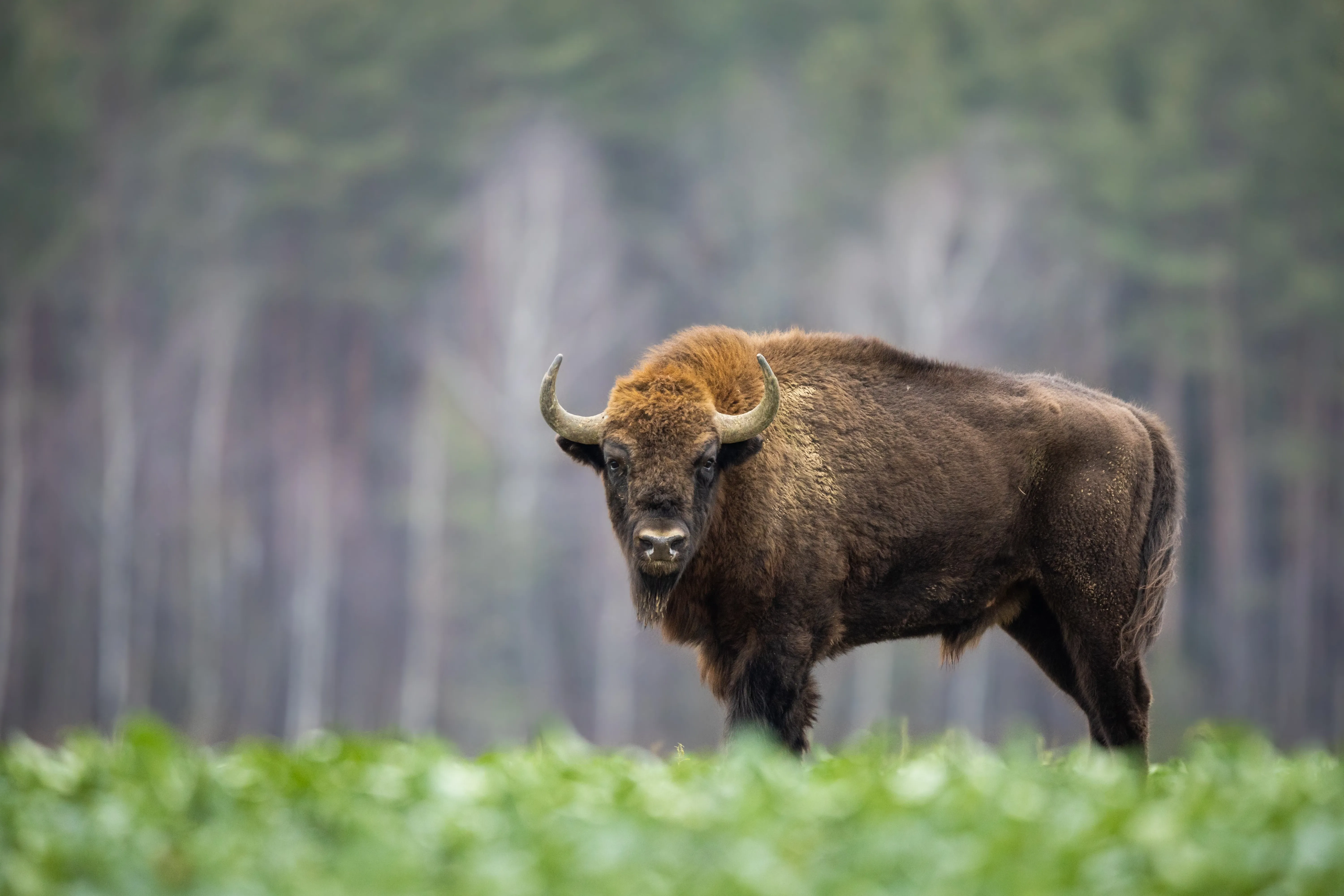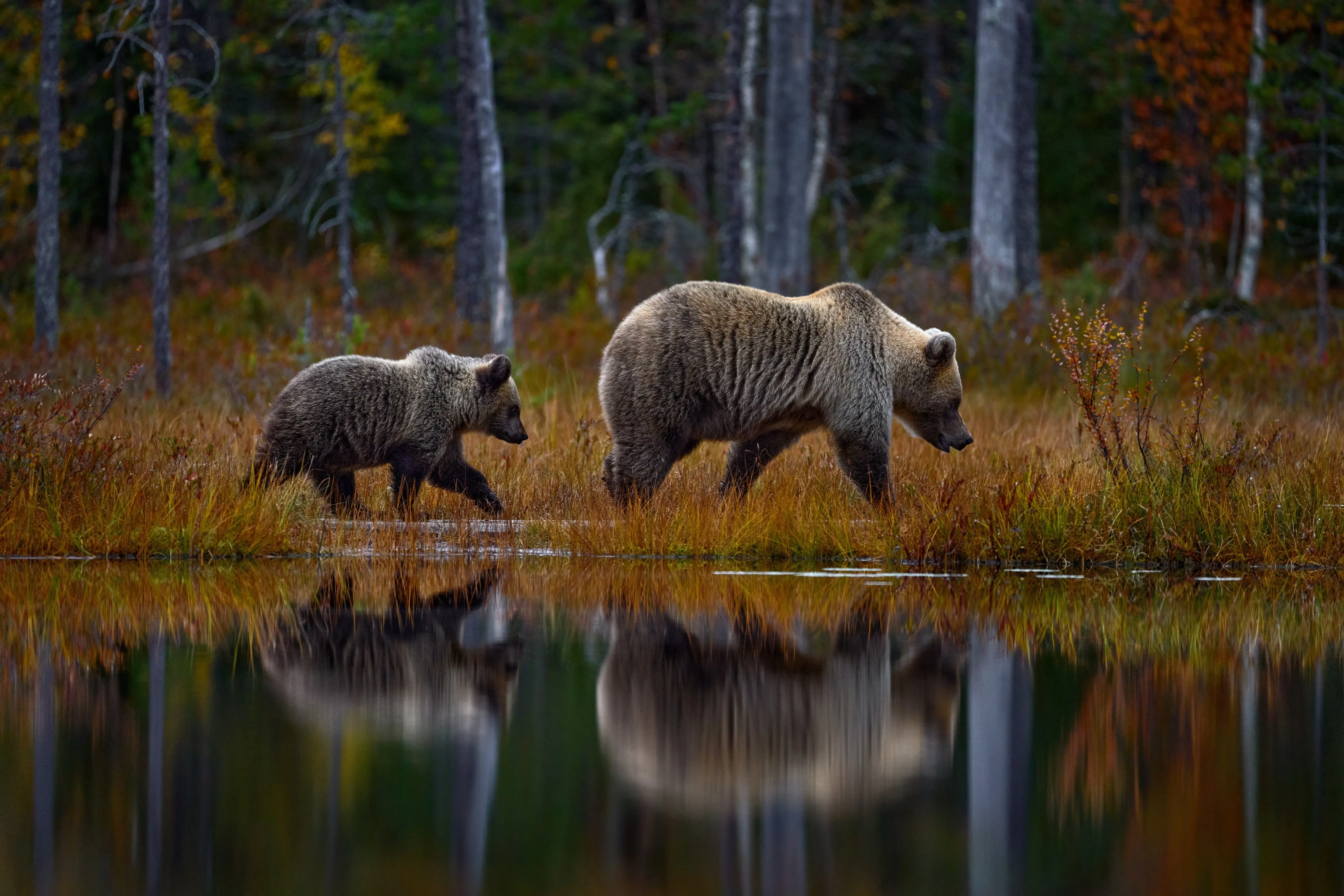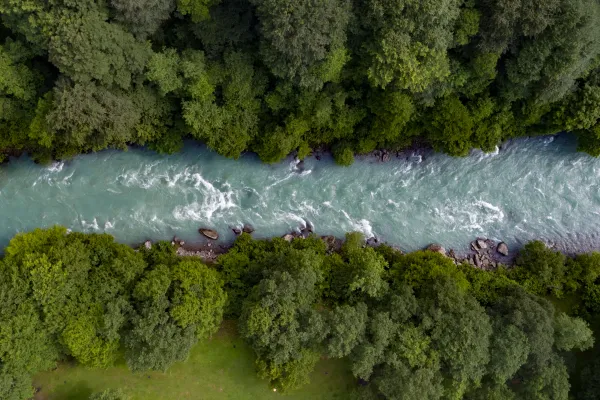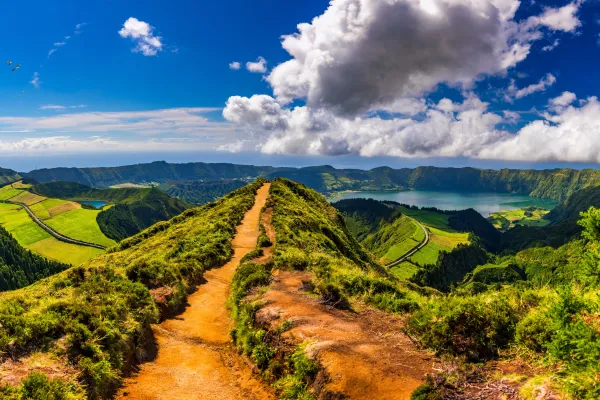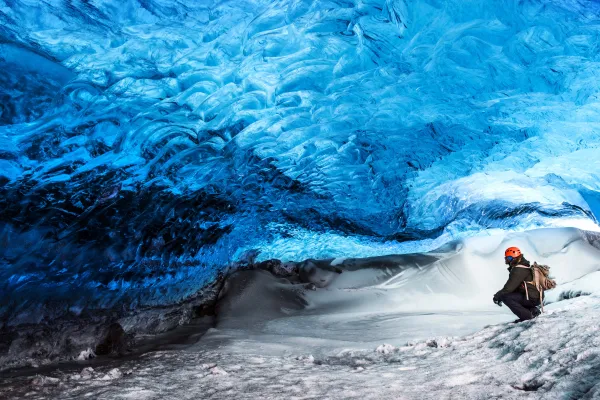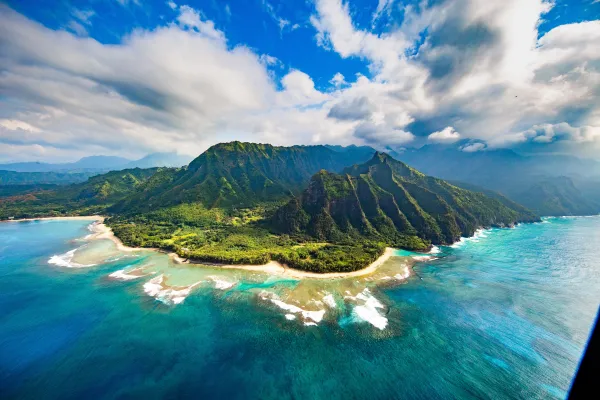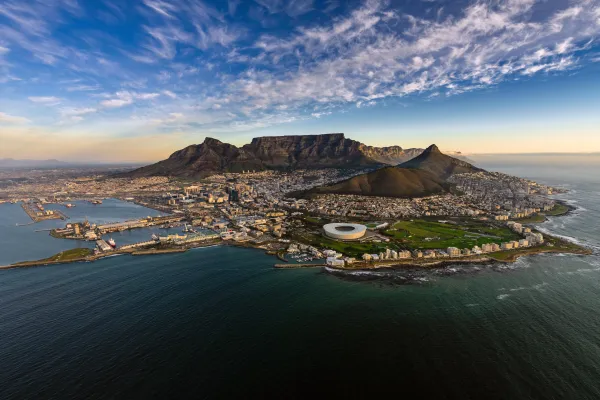Wild Europe: Ecotourism in Romania
A fairytale landscape cloaked in mystery and intrigue, Romania puts the WILD back into European wilderness. Ecotourism in Romania faces many challenges, but the scope of potential is tremendous.
The enchanting European fairytale land
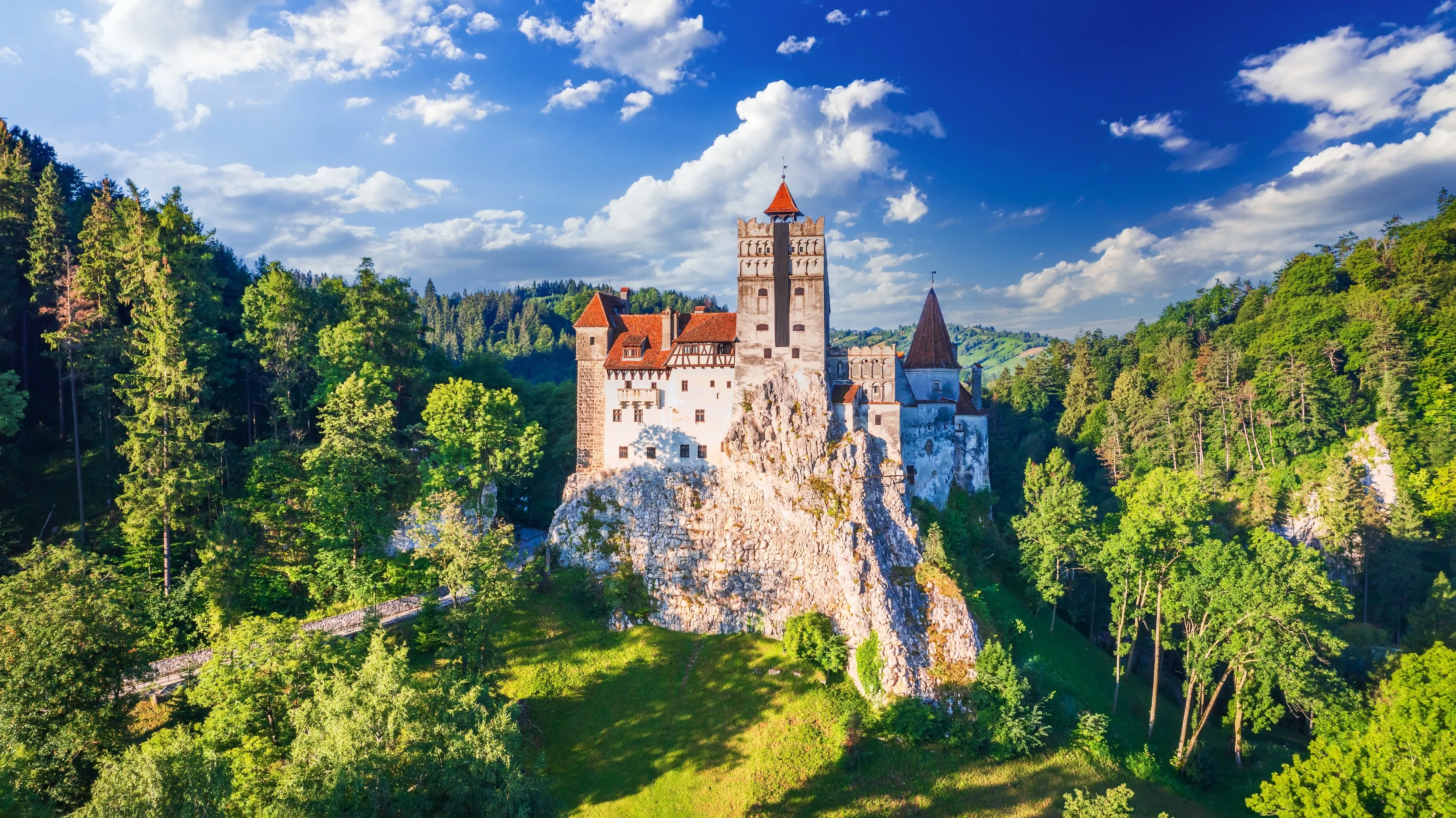
Shaped like a fish jumping out of the murky waters of the Black Sea, Romania lies half way between the north pole and the equator, at the crossroads of Central, Eastern and South Western Europe. Moldova and Ukraine border it on the north and east, Hungary on the north-west, Serbia on the south-west, and Bulgaria on the south. It has 225km of coastline in the south-west, up against the Black Sea.
The rugged, low-altitude Carpathian mountains dominate Romania’s terrain, stretching across the centre of the country in a great, 1500km long, semi-circle. The world's last remaining true medieval landscape is surrounded by miles of forest where you can still hear the eerie howl of the Grey Wolf. This landscape is so full of tradition, history, and mystery that it was the inspiration for the story of Dracula.
The lay of the land
Covering a little under 240 000 km2, Romania is Europe’s 12th largest country. Nearly evenly divided into plains, hills, and mountains, the terrain is crossed by just under 30 rivers, which mainly spring from the Carpathians.
They are primarily fed by snow melt, and flow south, east, and westward. The prominent rivers are the Mures, the Prut, the Olt (the longest river completely in Romania) and the Danube (the second longest river in Europe).
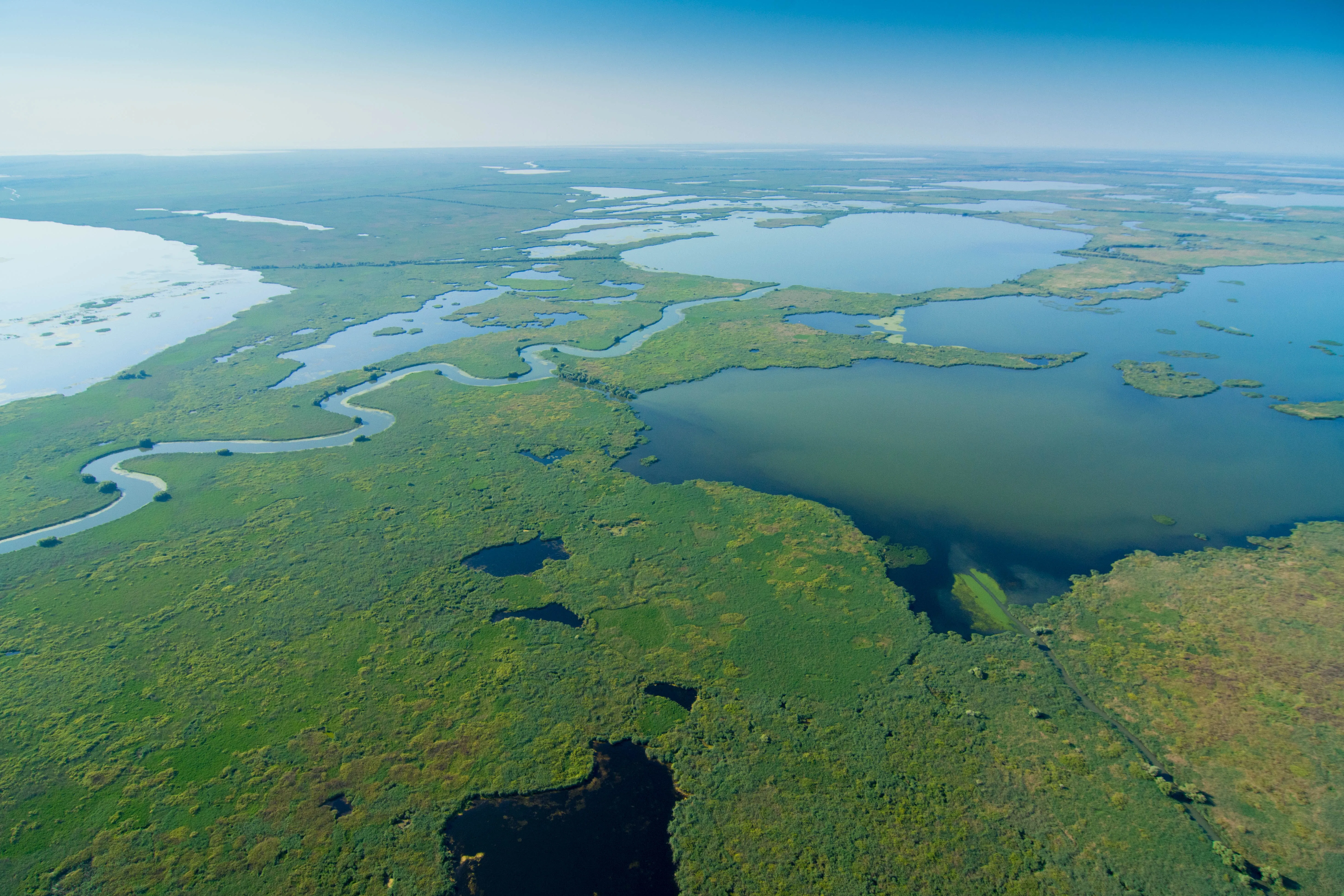
The Carpathian Mountains themselves are divided into three very different, volcanically influenced and equally beautiful ranges; the Eastern, Southern and Western Carpathians, which loom protectivly over the central Transylvanian basin, with the highest point in Romania being the Moldoveanu at 2544m.
The rolling terrain of the sub-Carpathians covers the outer fringes of their namesake before giving way to the Moldovian Plateau in the east, the Walachian Plain in the south, and the Danube Delta in the south-east. A huge and network of more than 10,000 caves snakes through the sub-terrestrial, hiding some truly stunning gems. One of these is the Scarisoara ice cave, which is home to the oldest underground glacier in the world.
An ecological perspective
Alpine, Steppe, and Forest eco-zones dominate Romania’s macro ecology with wildflower rich mountain meadows, both shallow and deep-rooted steppe grasslands, ragged scrubland, rugged gorges, coastal plains, wet-meadows, and shallow mountain marshes adding intricate complexity. With 500 000ha of virgin and old-growth forest , Romania's forest covers approximately 27 percent of the country, and the majority of it retains its natural integrity.
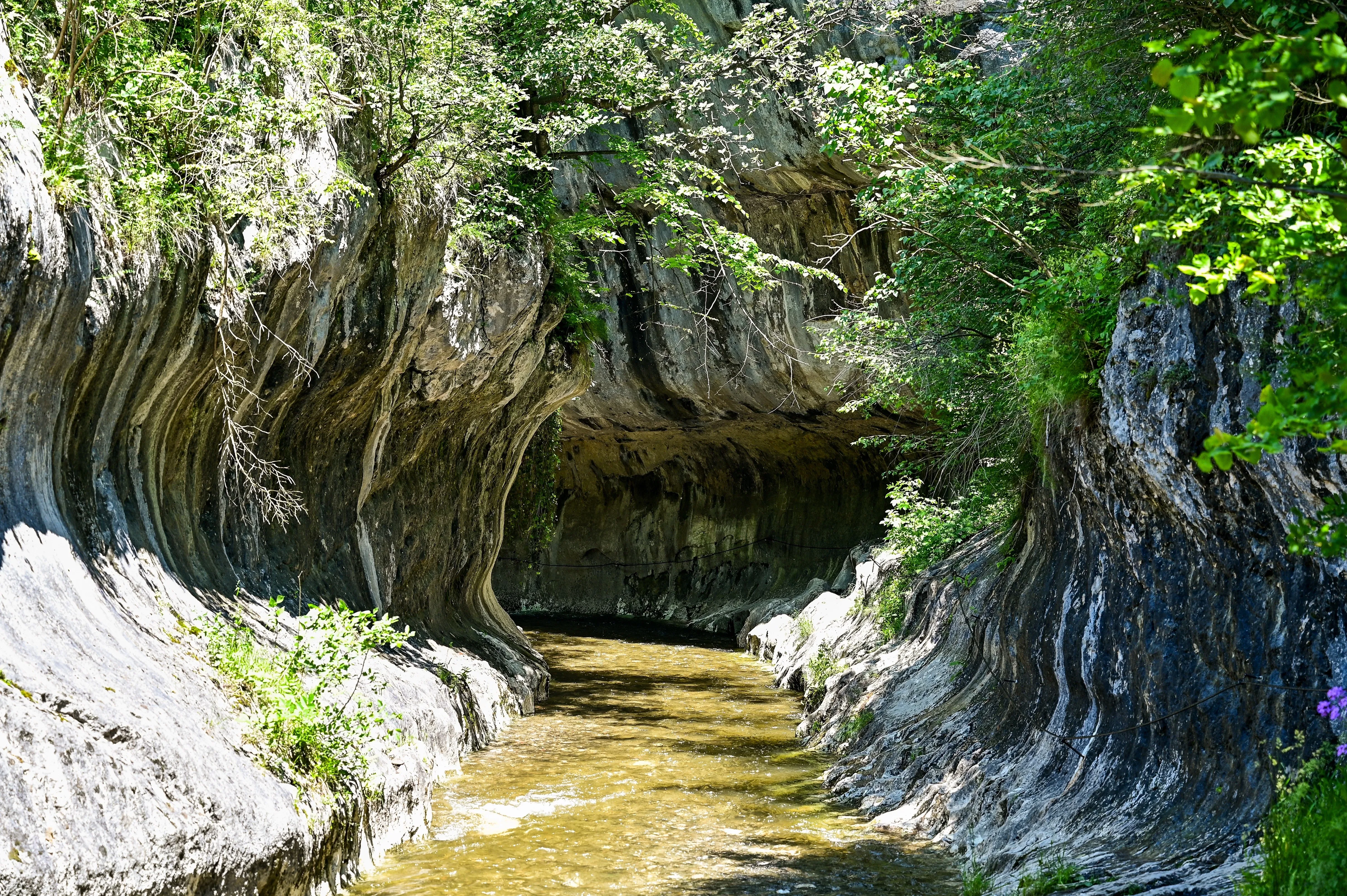
The Danube river, which springs from the Black Forest in Germany before flowing out into the Black Sea in the south-east of Romania, forms the second largest delta in Europe. It is incredibly ecologically rich, with floating reed islets, streams, channels, lagoons, and lakes creating a wetland paradise. Adding to this, the freshwater load of the Danube, which flows into the Black Sea, has a big effect on the ecology of the country’s coastal ecosystem.
Romania’s wildlife
Romania is home to an astonishing variety of wildlife. 33 percent of Europe’s brown bears and 25 percent of its wolves prowl the enchanted landscape. The Eurasian lynx can be found stalking the mountain regions and quiet woods with populations of chamois, Carpathian boar, fallow deer, European wildcat, red fox, and golden jackal, amongst many others.
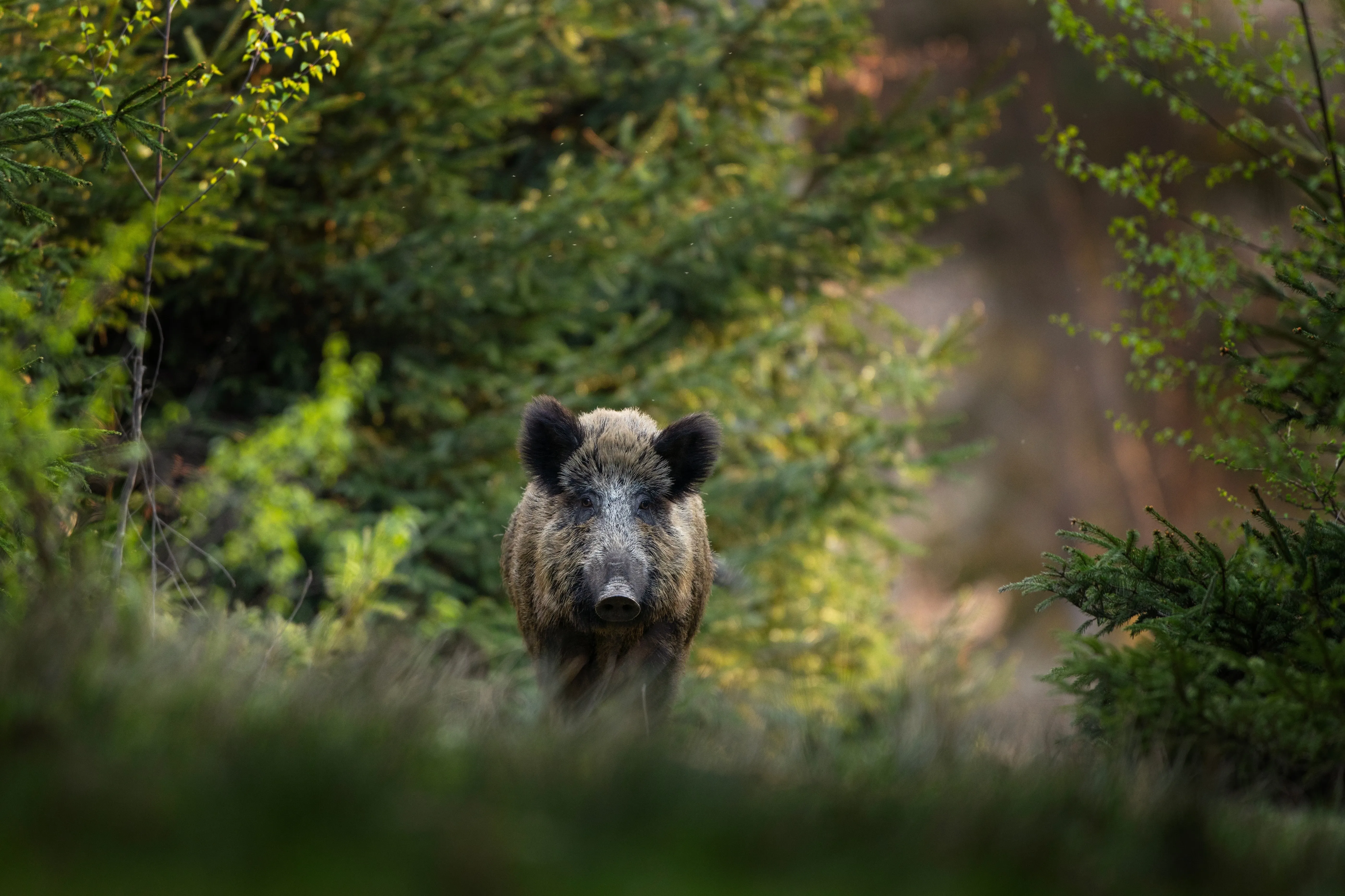
Danube Delta horses can be seen around the Letea Forest, and European bison have been reintroduced in different regions. Naturalists can also search out the Horned Viper, Javeline sand boa, and up to 32 different species of bat. Romania has a total of 408 confirmed bird species sightings, including the great white pelican.
Dipping below the surface of the Black Sea, the harbour porpoise, three species of dolphin, large groups of sea horses, and the rare Mediterranean monk seal, add to the highlight reel. Underground in the Movile cave, a group of animals straight from a sci-fi movie, including leeches, spiders, and a water scorpion, thrive.
Romania’s vegetation
Due to its large tracts of intact natural habitats, Romania hosts a huge array of flora. The fairytale-inspiring forests coating the landscape house a plethora of tree species, including the Norwegian Spruce, Scots pine, and Hornbeam. Multiple types of oak can be found, as well as a primeval European beech forest of over 25,000 ha. The sea dunes support sea kale and sand couch-grass, while the yellow of Christ’s thorn and the blood-red of the Romanian peony are two of the very many wild flowers scattered throughout.
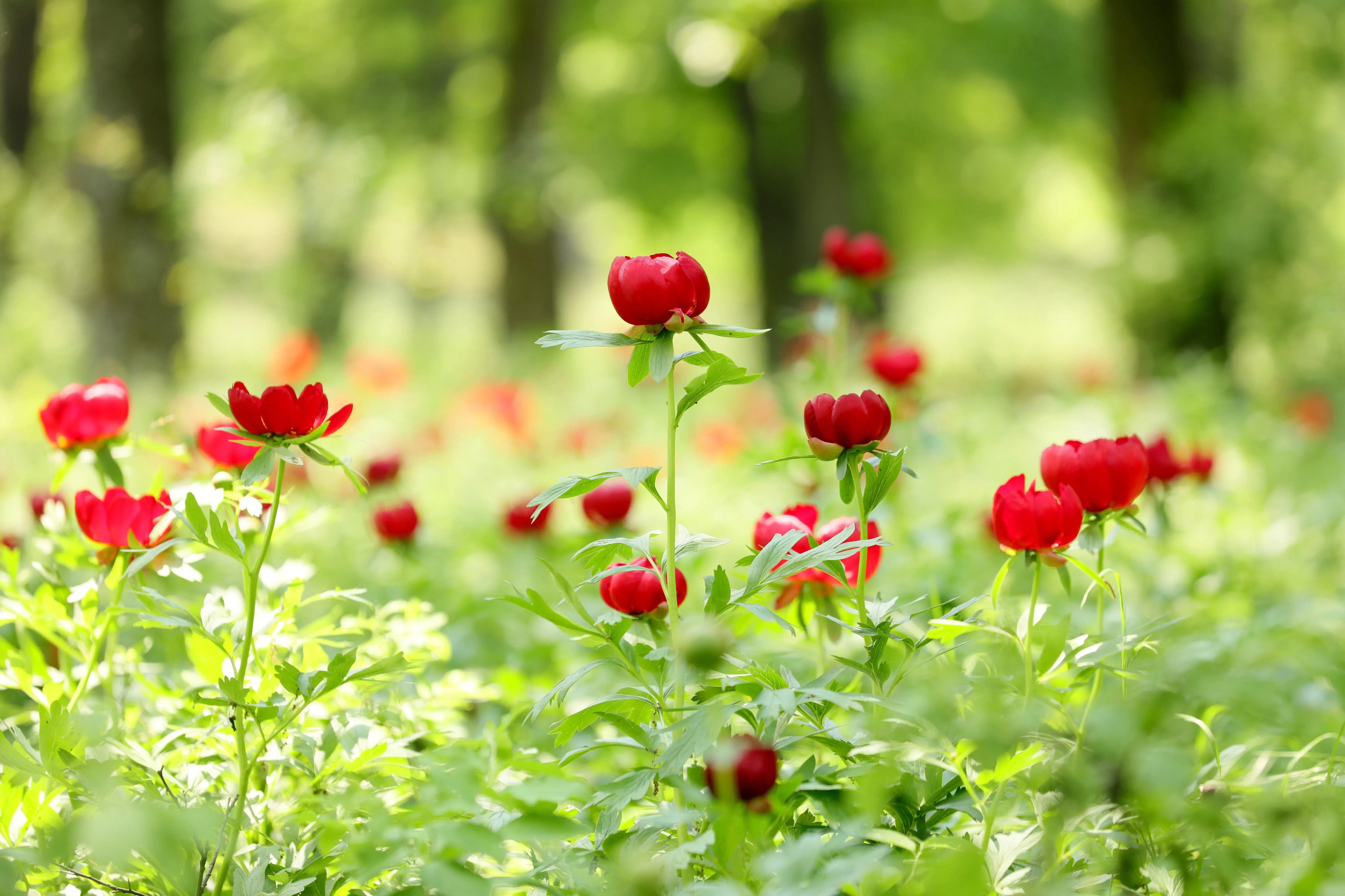
The burning bush, Dictamnus albus, a plant that exudes volatile oils in the summer and readily catches fire, can be found and fits nicely into the mystical feel of Romania. The Danube delta is 625,000ha of continuous marshland with huge reed beds forming semi-mobile islands, sandy areas covered in feather grass, riverine forests of poplar and willow, and huge amounts of other wetland and aquatic plants. In Transylvania, pubescent oak forests also house rare plants like irises and orchids.
Ecotourism destinations in Romania and nature conservation
Only a little over 5 percent of Romania's land is protected. This includes the ecologically important Danube Delta, which accounts for half of that total. There are 14 incredibly beautiful national parks, including the wildflower paradise of Buila-Vânturarita and the Muntii Rodnei, where the spectacular daffodil glade is located.
17 natural parks and 617 nature reserves scattered across the country make up the total area of protected land. Although there are only two ecotourism destinations approved by the European Commission at the moment, the scope and potential for much more is incredible. The marine part of the Danube Delta and the biodiverse, mosaic habitat of the Vama Veche Marine Reserve are both part of the national network of marine protected areas.
Hikers' favorite
With the Carpathian mountains covering more than half of Romania and vast areas covered in forest, it is not difficult to find incredible hikes. Breathtaking scenery, gorgeous waterfalls, terrific wildlife, and an authentic sense of adventure abound. Perhaps two of the better mountain areas to explore on foot include the Fagaras, also known as the Transylvanian Alps, and the more busy Bucegi. For those not afraid of tight, dark spaces or heights, caving and mountaineering options provide a satisfying adrenaline rush.
Top spot for marine fans
More than 20 wrecks provide incredible scuba-diving opportunities in the Black Sea just off Romania's coast, the most popular being the Moskva and Shuka 213. The marine wildlife is also slightly different to anywhere else in Europe owing to the seas' semi-closed system.
Fish such as mackerel, anchovy, sprat, and seabass can be seen. Staying underwater but inland now, Romania offers some fantastic cave diving opportunities. Pestera Isverna is the most famous underwater cave in the country and is only accessible to divers. Izbucuk Tauz, where legend has it fairies used to swim, is another truly beautiful diving spot.

An unknown wilderness treasure of Europe
Romania’s wilderness areas are undoubtedly facing large an dangerous threats, but through a push in the sustainable ecotourism industry, a local understanding of the true value in authentic wild places and positive, impactful nature experiences and storytelling, this remarkable land and all of its its inhabitants can live happily ever after.
Sign up for the newsletter
By clicking on “Subscribe now” I will subscribe to the Conscious Explorer newsletter with all the information about mindful travel. Information on the success measurement included in the consent, the use of the shipping service provider MailChimp, logging of the registration and your rights of revocation can be found in our privacy policy.
